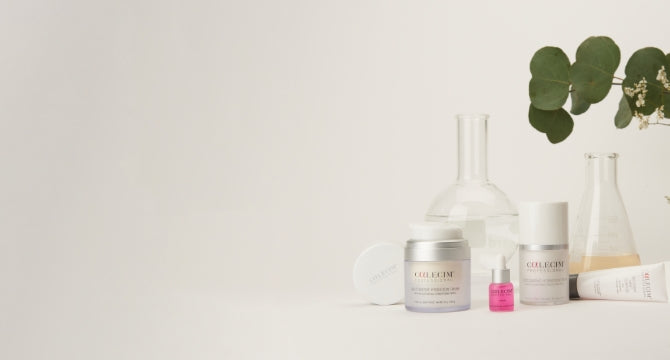Umbilical Cord Lining Conditioned Media Following Nanofractional Radiofrequency: Potential Therapeutic Application for Striae Distensae (Stretch Marks)
24th World Congress of Dermatology, Milan 2019

Background
Stem cells have been studied extensively over the past two decades in the development of regenerative medicine. The umbilical cord as a source of stem cells is an attractive one, as it is usually discarded as biowaste accompanying the delivery of a newborn. Umbilical cord lining conditioned media (CLCM) comprises the proteins secreted by epithelial and mesenchymal stem cells from the outer lining of the umbilical cord. CLCM has been shown to increase epidermal keratinocyte growth and proliferation, increase dermal fibroblast production of glycosaminoglycans, and have proven effective in the treatment of difficult-to-heal human wounds such as diabetic ulcers and recalcitrant chronic wounds.
Striae distensae (stretch marks) are linear atrophic lesions that represent areas of partial to full thickness dermal rupture under an intact epidermis. Although this condition rarely causes any significant medical problems, aesthetically it can have a great psychological impact on affected patients. Treatment for striae distensae remains challenging because of the limited benefits of various treatments.
Method
We describe three cases of abdominal striae in patients with Fitzpatrick skin type III/IV in our Dermatology outpatient clinic. All patients underwent a treatment series with nanofractional radiofrequency followed by application of cord lining conditioned media. All subjects were reviewed every 4 weeks for a total period of 12 weeks.
Results
All patients agreed that they noticed visible changes, and there were significant reductions in both the length and width of striae bands measured at 12 weeks post treatment visit compared to baseline measurements.
Conclusions
When the concentrated protein mix of growth factors and cytokines derived from umbilical cord lining stem cell culture is applied onto the skin, epidermal cell turnover time appears to be restored, dermal production of extracellular matrix protein is increased, and dermal elastin production appears to be enhanced. These in vitro results support the high level of patient satisfaction with the treatment and demonstrates the safe, effective use of CLCM application following nanofractional radiofrequency.

Before and After photos showing reduction in the visibility of striae distensae after a series of 3 treatments of nanofractional radiofrequency followed by the topical application of cord lining conditioned media (CLCM).


























